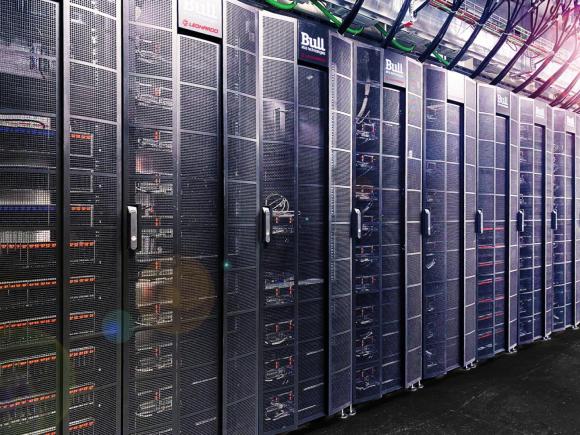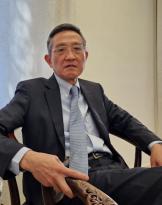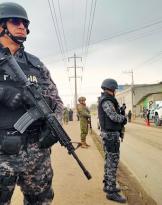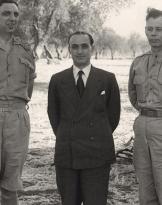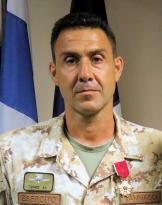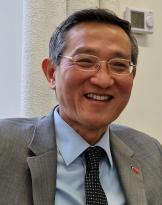What is a supercomputer? Why is research in new technologies becoming more and more important? We talk about it with Alessandro Massa (photo), head of Leonardo Labs, an international network of Leonardo laboratories dedicated to basic and advanced research and technological innovation.
We thought that knowing a little more about Leonardo's new supercomputer, Davinci-1, could be of interest both for the Defense and for many young people who will enter the world of work in the coming years. The first thing we would like to understand is: why we are talking about supercomputer, what is it about?
In the meantime, thanks to you for this possibility, we at Leonardo are also very keen on dissemination initiatives, so we are happy to be able to answer your questions.
A supercomputer is a much more powerful computer than those that normally sit on our desks. We are talking about a power, in terms of operations per second, about 10.000 times higher than that of a Personal Computer. To talk about our Davinci-1, its computing power is 5 petaflops (peta, a million billion times, + flops, acronym for FLoating point Operations Per Second: 5 million billion floating point operations per second. To try to make the idea simpler: 5 million billion calculations per second, while, for comparison, a good laptop is able to perform 3 billion operations per second) and has a memory of 20 million Gigabyte! You understand that this is an exceptional machine, among the best in the world. Davinci-1 is among the top hundred supercomputers in the world, the third in the Defense sector, after NASA and the Japan Aerospace Exploration Agency.
The Davinci-1 has a hybrid architecture, that is, composed of two different types of processors: CPU (Central Processing Unit) and GPU (Graphics Processing Unit). GPUs (processors designed to accelerate mathematical resolutions), in particular, have parallel computing capabilities (unlike CPUs, specialized in serial processing) that are very useful for dealing with complex calculations. The size of the Davinci-1 is also out of the ordinary, with its 200 servers occupying the space of fourteen racks.
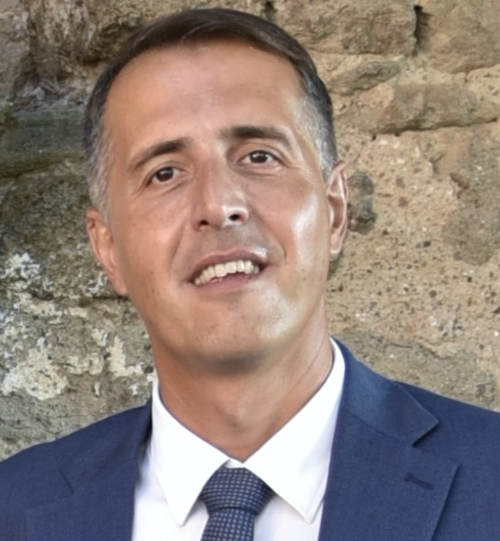
How can a supercomputer be used? What functions can it perform? Why did Leonardo design it? What use do you make of it?
The Davinci-1 is an extremely fast and powerful but above all flexible machine, which works across all the Divisions and business units of Leonardo to analyze the data generated by our products, examine scenarios, predict situations, design innovative systems, make decisions accurate.
Of course it is also used for our customers, in projects that involve the use of systems equipped with artificial intelligence, in the modeling of complex systems, in aeronautical models. Finally, in all basic research projects, for example in research on new materials.
The Davinci-1 allows us to have great autonomy in computing capacity, allows the study and development of proprietary algorithms and codes for advanced computing, to train artificial intelligence systems, to develop and test new technologies in the telecommunications field.
We must also not underestimate the importance it represents as a meeting point. In Italy there are not many supercomputers and so we make it available also to the researchers of the centers and universities we work with.
Speaking of personnel, how many people work in your laboratory? What is the profile of the personnel approaching the world of Davinci-1?
If we talk about numbers, among all Leonardo's laboratories we can count about 75 people, of which at least 40 work on the Davinci-1, but the number is destined to grow in the coming years.
As for the preparation, on the other hand, these are graduates and doctorates in Computer Science, Artificial Intelligence, Data Science, Computer Video Analysis, Theoretical and Experimental Physics, Mathematics. These are research fields linked by a common denominator: the need to perform simulations that require high computing power and the Davinci-1 is particularly gifted in this.
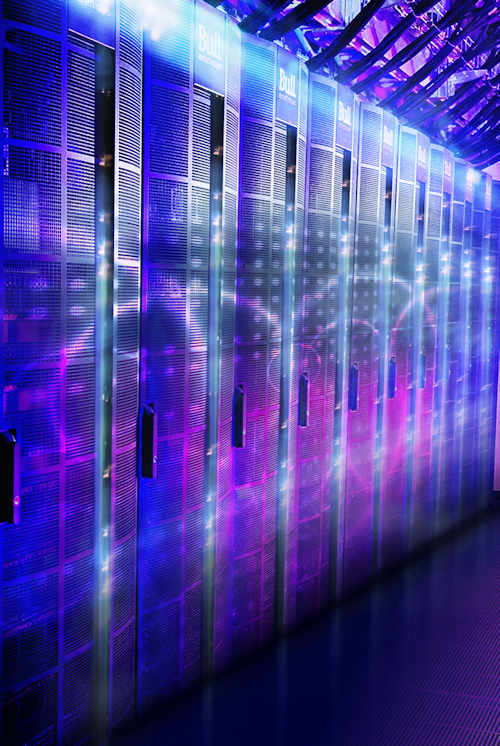
Do you have collaborations with universities and research centers?
Of course. We have a lot of collaborations. Among these, we fund 30 PhD scholarships with 14 Italian universities.
We are working hard to bring students and young graduates closer to STEM (Science, technology, engineering, and mathematics) disciplines and the laboratories help a lot in this. Leonardo is increasingly committed to building a solid culture in new technologies.
What are your plans for the future? Are you planning to expand the project?
Yes. The Davinci-1 is a supercomputer that we plan to expand in the next few years, both in terms of computing capacity and memory.
In the same way, we plan to hire more staff who work on the development of emerging technologies in order to provide increasingly current and safe products and services.
Speaking of security, what do you do in Cyber security? What are the plans for the future?
We are investing a lot in this area too. We have the "Future Security and Safety System" laboratory in Rome at our Cyber Division that works in the field of malware detection (the process of detecting the presence of malware on a system and / or distinguishing whether a specific program is harmful or not) , employing artificial intelligence techniques.
We have also started research in the field of quantum cryptography (an approach to cryptography that uses peculiar properties of quantum mechanics in the key exchange phase to ensure that it cannot be intercepted by a third party).
We are doing a lot, even in the disclosure sector: for a company, it is increasingly important to let people know what they are doing, always paying attention to the necessary confidentiality to guarantee intellectual property and industrial secrets.
Alessandro Rugolo, Andrea Benedetti, Francesco Rugolo
https://www.leonardocompany.com/it/innovation-technology/davinci-1-super...
https://www.leonardocompany.com/it/innovation-technology/leonardo-labs

